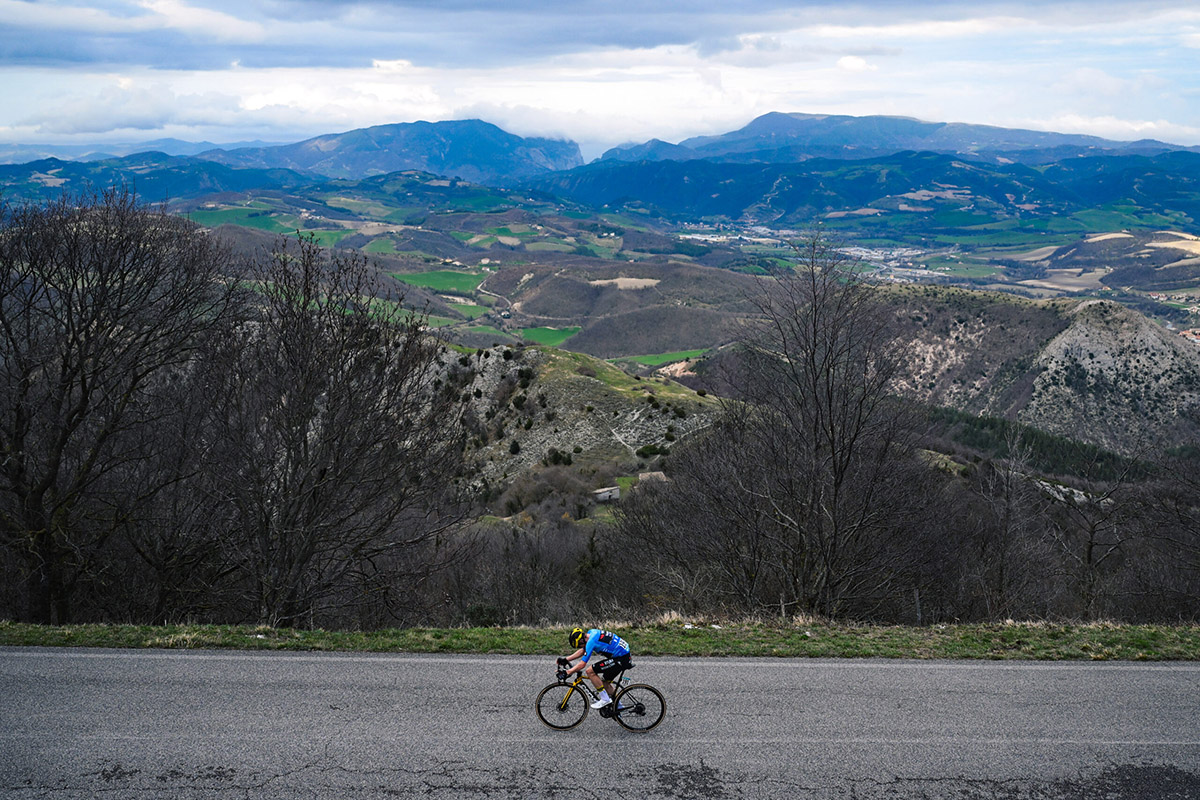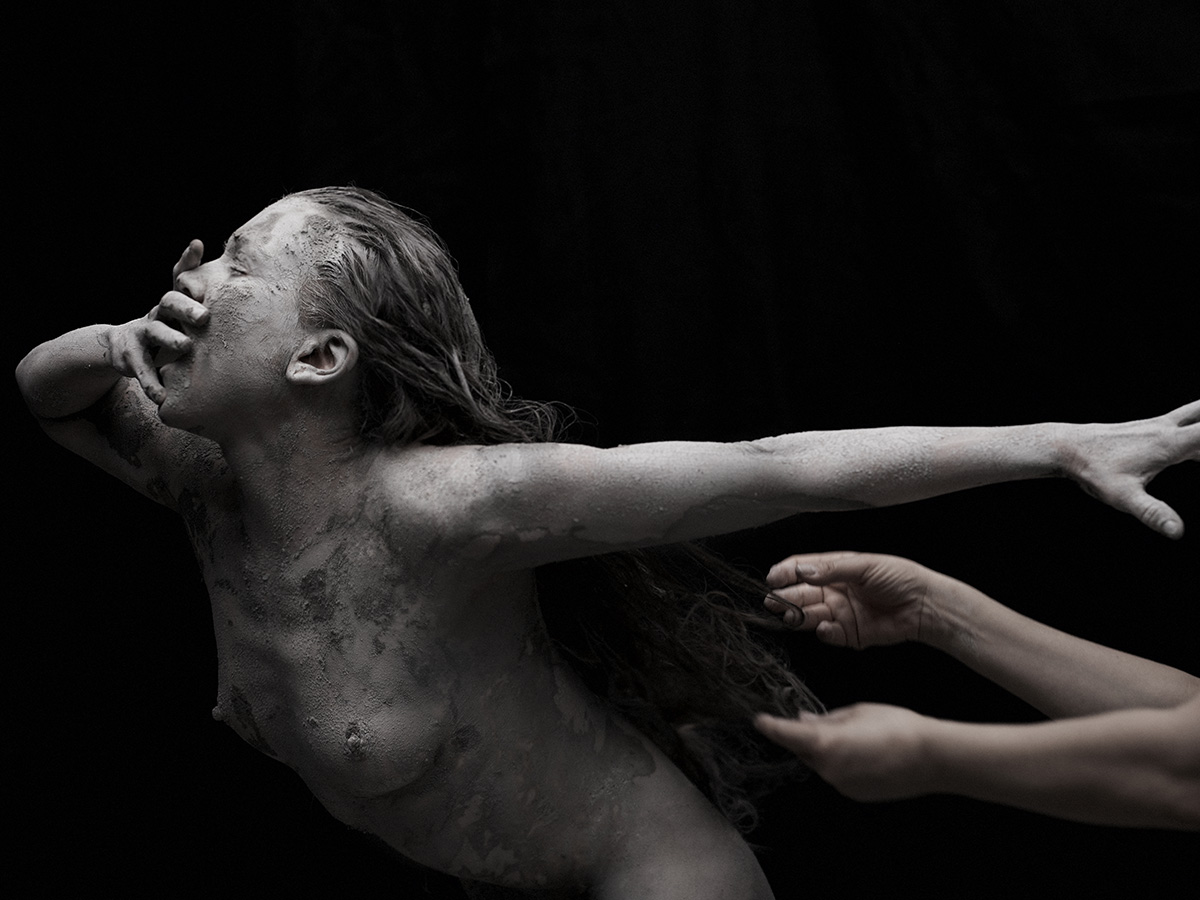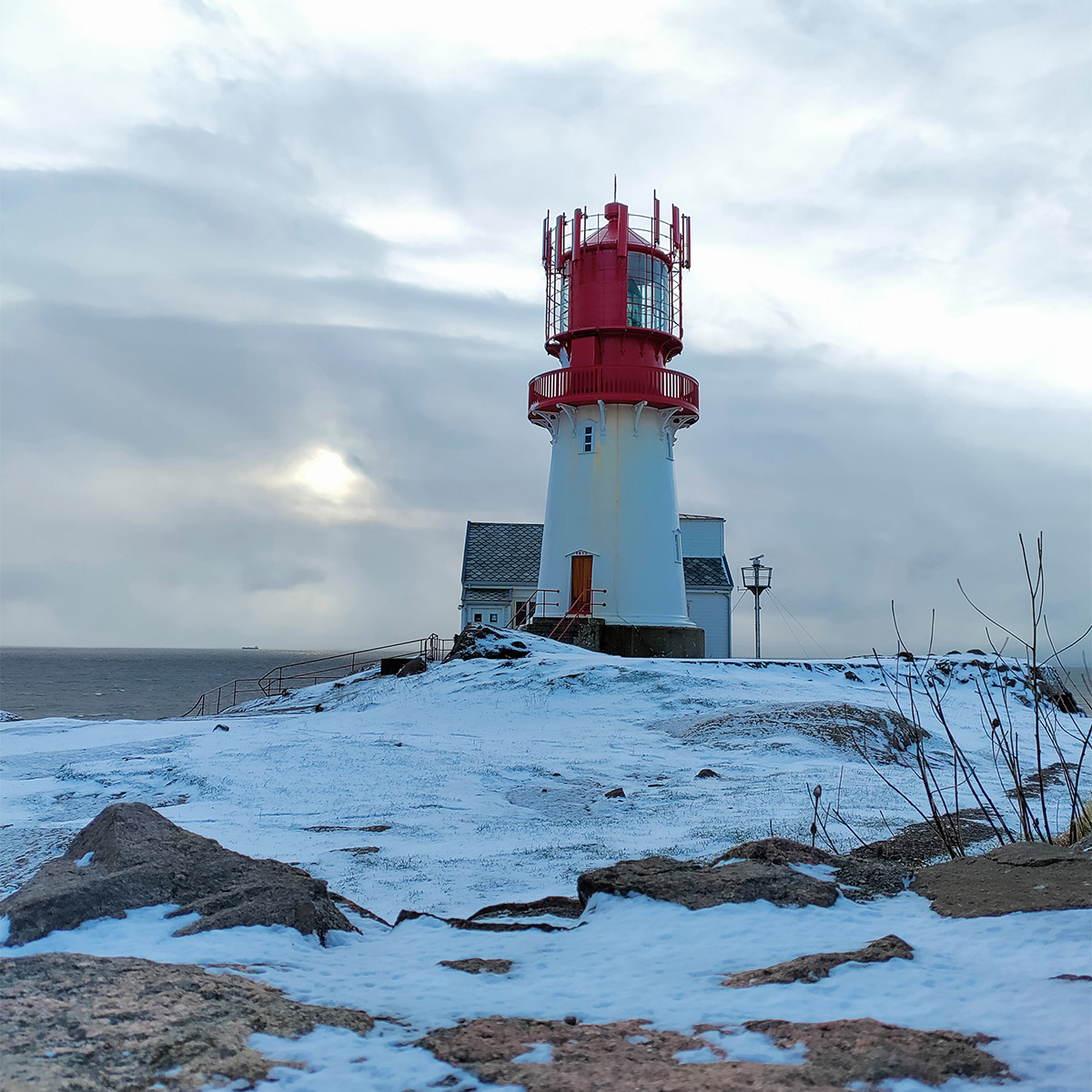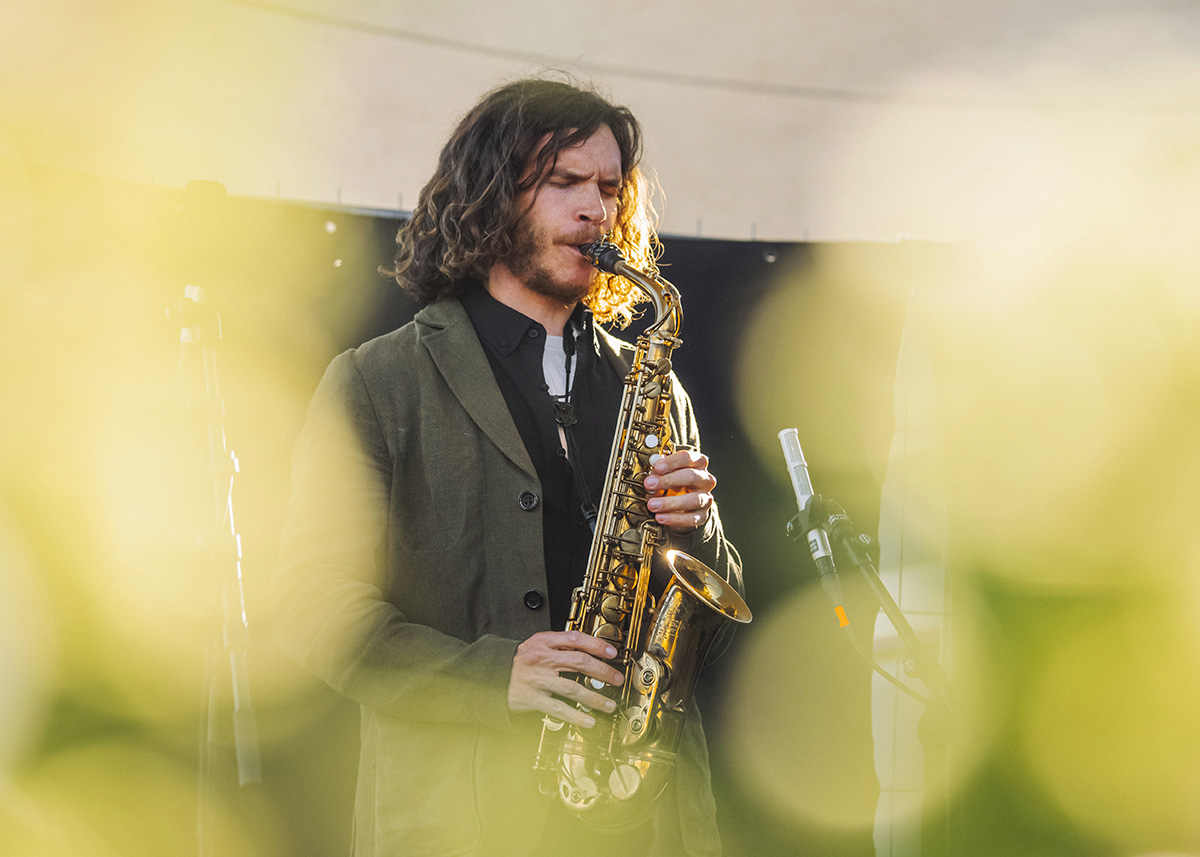The Estonian National Opera: a cultural gem on the shore of the Baltic Sea
By Marion Leppik
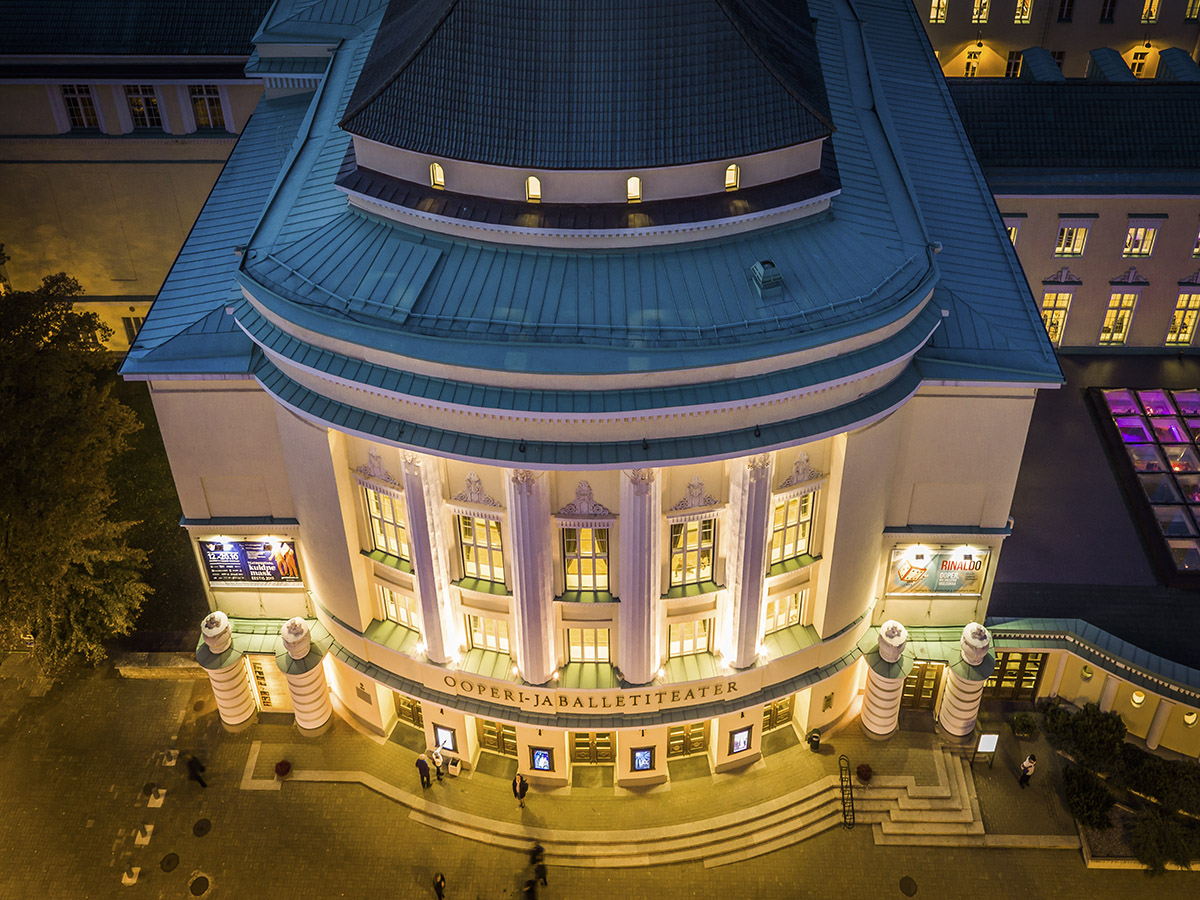
The Estonian National Opera. Photo: Kaupo Kalda
In the heart of Tallinn, Estonia’s capital city, lies an art-nouveau-classicist theatre and concert hall built in 1913, and designed by the renowned 20th century Finnish architects, Armas Lindgren and Wivi Lönn. Today, the magnificent building houses Estonia’s national treasure: its historic opera and ballet theatre.
Established in 1906, the Estonian National Opera (Rahvusooper Estonia) is the country’s biggest multi-genre repertory theatre, staging operas, operettas, musicals and ballets, and hosting concerts and other exciting events. It is a symbolic building in Estonian history: in 1919, the first Estonian parliament was assembled in its rooms, and in 1990, the Congress of Estonia gathered there to restore the Estonian Republic.
Nowadays, this majestic hall hosts the President of the Republic’s Independence Day receptions, and other high-profile visitors. On weekdays, festivities fill the opera house with music, and serve as a source of cultural inspiration for locals and tourists alike.
The national opera’s artistic director and chief conductor Arvo Volmer has a particular affection for Nordic music. In fact, he has recorded all the orchestral pieces of the Finnish composer Leevi Madetoja, and the symphonies of Finnish Jean Sibelius and Estonian Eduard Tubin.
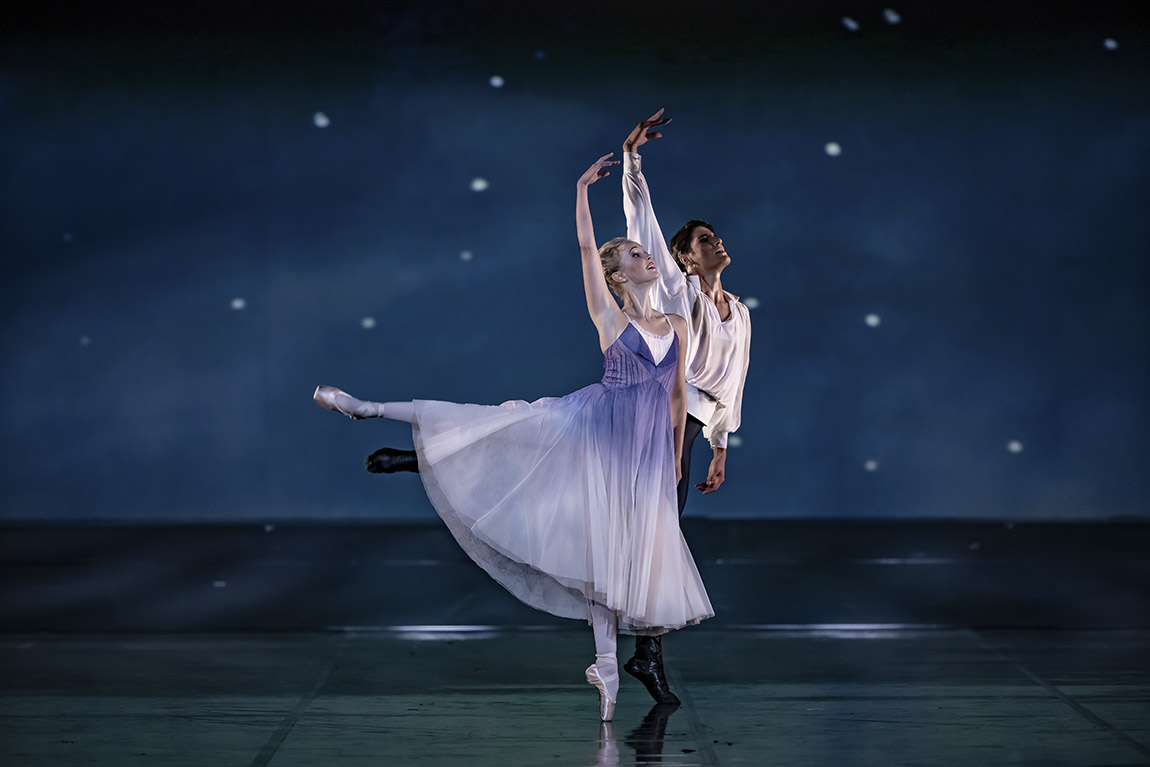
Ketlin Oja and Ali Urata in Twilight Houses. Photo: Veljo Poom.
The repertoire of the national opera is diverse, ranging from the classical to the modern. In 2022, it staged five premieres, including two originals: The Magic Flute by W. A. Mozart and directed by Vilppu Kiljunen; Twilight Houses, a ballet about love in the fading society of the Baltic Germans by Tiit Härm; Three Jolly Fellows, an original children’s opera composed by Tõnis Kaumann and directed by Vahur Keller; Orpheus in the Underworld, an operetta by Jacques Offenbach and directed by Liis Kolle; and The Corsair, a pirate ballet by Adolph Adam, choreographed by José Carlos Martinez.
2023 will see several new pieces added: Giuseppe Verdi’s opera Giovanna d’Arco, directed by Marco Gandini; the two short ballets Open Door by Katarzyna Kozielska and Suite en Blanc by Serge Lifar, under a shared title of Black / White; Lohengrin, a romantic opera by Richard Wagner, directed by Michiel Dijkema; Claude Debussy’s Pelléas and Mélisande, an opera directed by Albert-André Lheureux; and Pyotr Tchaikovsky’s ballet The Nutcracker, directed by Gyula Harangozó.
The Estonian National Opera’s excellent concert programme includes symphony concerts, choirs and small and large performances in the opera house and other venues. It also has its own symphony orchestra, choir and a permanent ensemble who work together to bring various large-scale works to the stage every season.
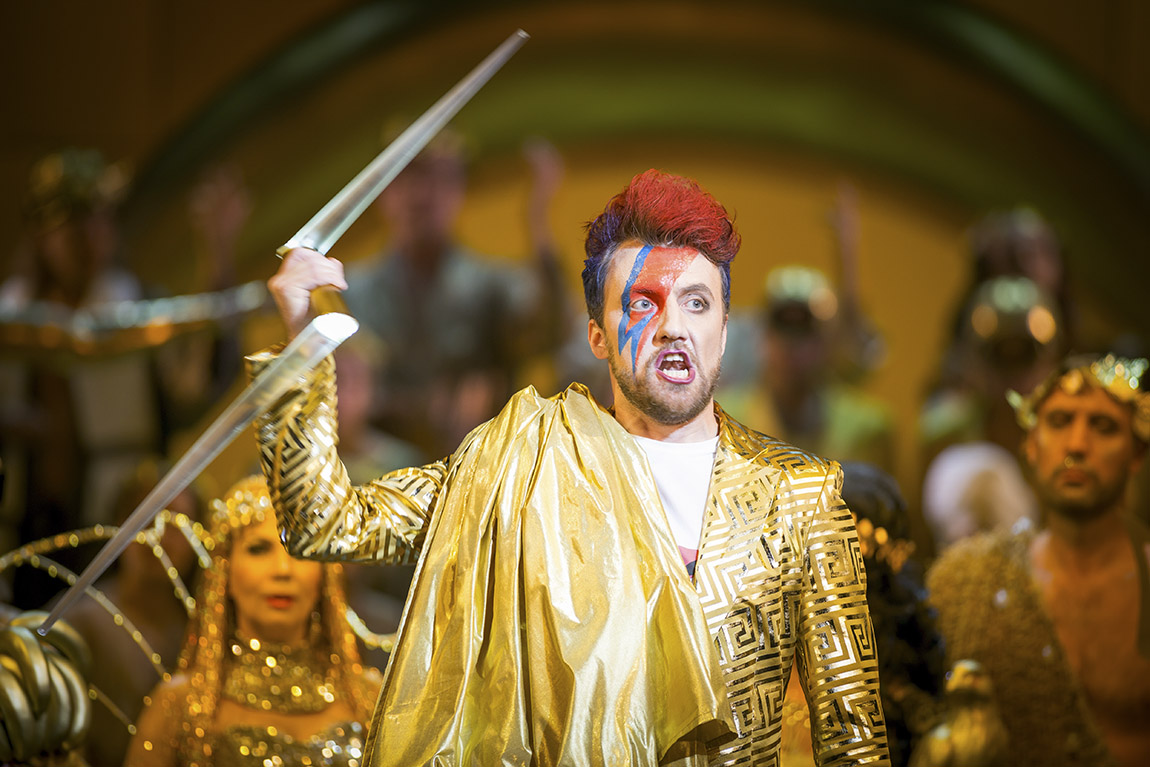
Tamar Nugis in Oprheus in the Underworld. Photo: Siim Vahur
Web: www.opera.ee Instagram: @estoniannationalopera Facebook: Rahvusooper
Subscribe to Our Newsletter
Receive our monthly newsletter by email

